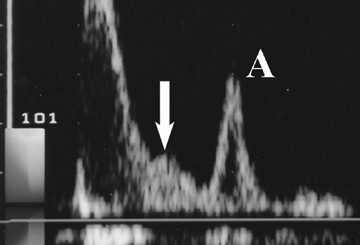Medicine MCQs-22
Contents
- 1 Most common cause of a low anion gap is -
- 2 All of the following are the exogenous causes of hyperchloremic acidosis EXCEPT -
- 3 Which is the most common cause of metabolic acidosis in hospitalized patients?
- 4 Salicylate poisoning causes typically -
- 5 It is called as elevated anion gap when anion gap is -
- 6 Metabolic acidosis is defined as a reduced serum pH, and an abnormal serum bicarbonate concentration of -
- 7 What is the primary defect of type 2 renal tubular acidosis?
- 8 Which of the following is the major cause of Hyperchloremic metabolic acidosis?
- 9 What is the primary defect of type 1 renal tubular acidosis?
- 10 Delta ratio is a formula that can be used to assess -
Most common cause of a low anion gap is -
Low anion gap is often due to hypoalbuminemia.
Albumin is an anionic protein and its loss results in the retention of other negatively charged ions such as chloride and bicarbonate.
As bicarbonate and chloride anions are used to calculate the anion gap, there is a subsequent decrease.
All of the following are the exogenous causes of hyperchloremic acidosis EXCEPT -
Exogenous causes of hyperchloremic acidosis -
Ammonium chloride supplement
Hydrochloric acid supplement
Large volume resuscitation with normal saline
Which is the most common cause of metabolic acidosis in hospitalized patients?
Lactic acidosis is the most common cause of metabolic acidosis in hospitalized patients.
Salicylate poisoning causes typically -
Two of the most common and notable causes of increased anion gap metabolic acidosis -
High anion gap metabolic acidosis conditions include -
diabetic ketoacidosis (DKA)
salicylate poisoning
It is called as elevated anion gap when anion gap is -
elevated anion gap - when anion gap is >12 mEq/L
Metabolic acidosis is defined as a reduced serum pH, and an abnormal serum bicarbonate concentration of -
Metabolic acidosis is defined as a reduced serum pH, and an abnormal serum bicarbonate concentration of <22 mEq/L
What is the primary defect of type 2 renal tubular acidosis?
type 2 RTA - Proximal HCO3 - reabsorption
type 1 RTA - Diminished distal H+ secretion
Which of the following is the major cause of Hyperchloremic metabolic acidosis?
Hyperchloremic metabolic acidosis is a pathological state that results from bicarbonate loss, rather than acid production or retention.
What is the primary defect of type 1 renal tubular acidosis?
Primary defect of type 1 renal tubular acidosis -impairment in hydrogen ion secretion in the distal tubule
Delta ratio is a formula that can be used to assess -
Delta ratio, or "delta-delta", is a formula that can be used to assess elevated anion gap metabolic acidosis





